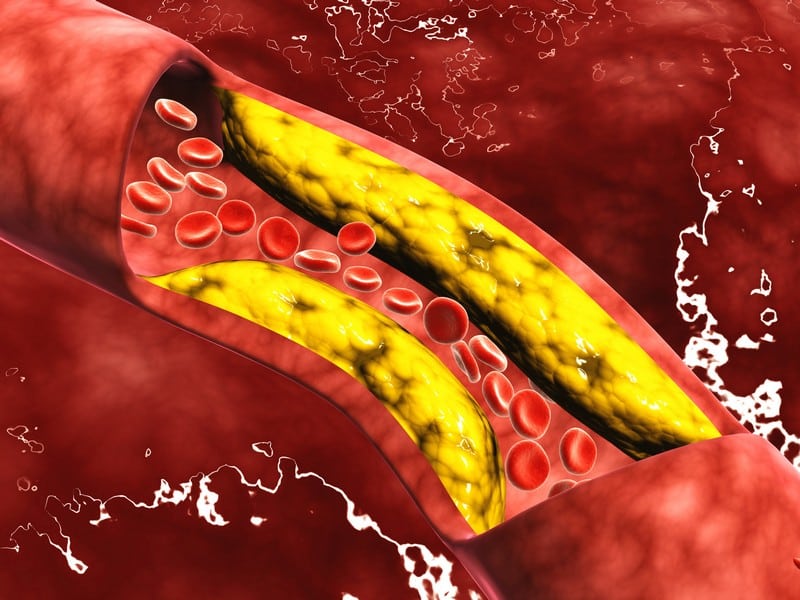Pulmonary edema refers to the condition wherein there is an abnormal and excessive build-up of fluid inside the lungs. Also called pulmonary congestion, lung water, and lung congestion, the condition results in the diminished exchange of gas at the level of the alveolar, which can progress to respiratory failure if left untreated. Its etiology can be due to various factors, such as cardiogenic processes with the lack of ability to sufficiently remove blood from the pulmonary circulation. Or non-cardiogenic causes precipitated by an injury to your lung parenchyma.
The general clinical features of pulmonary edema may include but aren’t necessarily limited to rales on the lung auscultation, worsening hypoxia, and progressive deterioration of dyspnea, to name a few. Fluid in the lungs is a critical feature of pathology in various diseases and disorders; thus, learning the underlying condition process is an essential guide for its treatment and management. And in this article, we’ve laid out a list of the most common causes of the condition.
Coronary Heart Diseases

Coronary heart diseases commonly cause excess fluid build-up within the lungs. Also called ischemic or coronary heart condition, CAD is typically caused by plaque that builds up on the artery walls, ensuring that the heart and all other body parts receive sufficient blood supply. This plaque is often composed of cholesterol deposits and many other substances in these arteries. Over time, too much plaque can cause the narrowing of the arteries, which can either partially or entirely block the flow of blood, a process called atherosclerosis.
The most common symptom associated with CAD is angina or pain in the chest. The arteries that narrow due to plaque build-up usually cause discomfort in the chest, as they keep adequate blood flow from reaching their intended destination, like the heart. For many, the first indicator of the disease is a myocardial infarction or heart attack; its signs include chest pain, nausea, light-headedness, cold sweats, shoulder and arm discomfort, and short-windedness.
The risk factors for the condition are tobacco smoking, unhealthy eating, obesity, and family history. To avoid CAD, it’s crucial to regularly check your blood sugar, blood pressure, and cholesterol levels.










